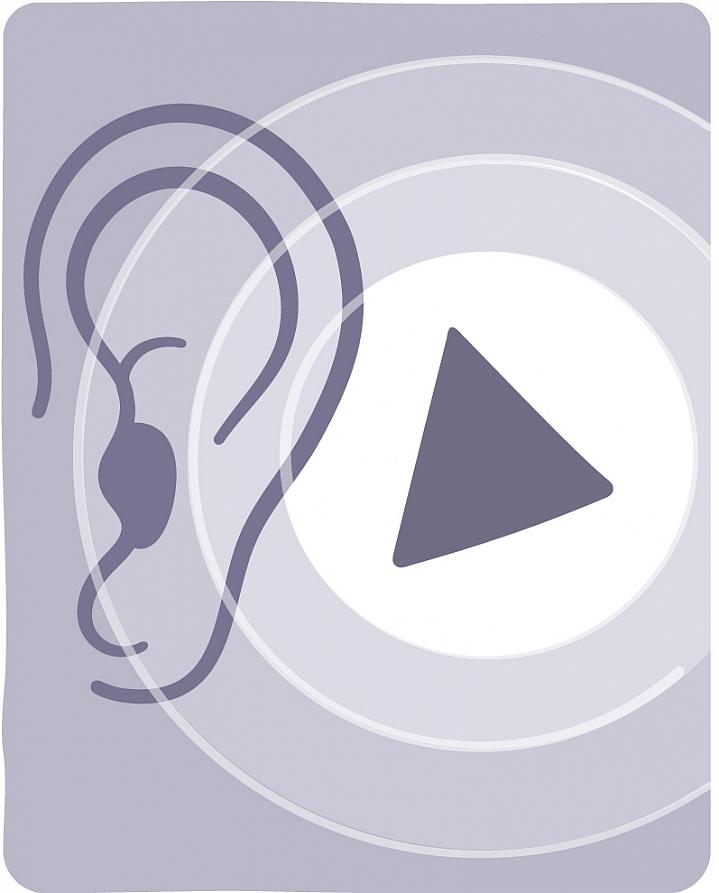Mingling Senses
Synesthesia Explained

What does the color blue taste like? Does guitar music smell sweet or spicy? These questions might sound like nonsense. But for people with a condition called synesthesia, they describe real experiences.
We have five senses: touch, sight, taste, sound, and smell. Most people experience their senses one at a time. In synesthesia, one sense can be experienced at the same time as another. For example, a person with synesthesia might feel something rough brush against their hand every time they smell a flower.
They can also experience the same sense in two ways. For example, seeing letters or numbers in a specific color, like the letter “A” always being red no matter what color it’s written in. This is the most common type of synesthesia.
Synesthesia isn’t very common. It sometimes runs in families. This makes researchers think that genesStretches of DNA you inherit from your parents that define features, like your risk for certain diseases. may play a role.
Synesthesia isn’t dangerous, and rarely causes problems for people. Most people with synesthesia say they enjoy their special senses.
For researchers, “studying synesthesia allows us to think about what the brain does,” explains Dr. Krish Sathian, a neurologist at Pennsylvania State University.
Scientists don’t know what happens in the brain to cause synesthesia. “There are a few explanations that have been put forward,” Sathian says. These involve the way neurons talk to each other. Neurons are the brain cells that process information from the senses.
Some researchers think that people with synesthesia have extra connections between neurons in some areas of the brain. Others think that the direction that information can flow between brain cells might be different.
Sathian’s lab uses imaging tests to watch how the brain works. They’ve found that, even in people without synesthesia, the senses often work together in ways previously unrealized.
For example, when you touch an object and try to identify its shape, the part of your brain that processes sight becomes active along with the area that processes touch.
Sathian’s team showed that people had more difficulty sensing an object’s shape by touch when the brain area that processes sight was blocked using magnets.
His team has wondered if synesthesia is an extreme version of these brain collaborations. They tested whether people with synesthesia are better at tasks that use more than one area of the brain. People with synesthesia performed faster at a task that linked language with a specific shape than people without the condition. But they weren’t any better at other tasks requiring more than one sense.
Synesthesia remains a mystery for now. But Sathian and other NIH-funded researchers plan to keep studying it. The condition may hold keys to understanding things that are fundamental to being human, such as language and memory.
“It’s been shown that people with synesthesia have better memories than people who don’t,” Sathian says. “Maybe understanding synesthesia could give us insight into some of the mechanisms that underlie memory. And then perhaps eventually to some better treatments for people who have memory disorders.”
NIH Office of Communications and Public Liaison
Building 31, Room 5B52
Bethesda, MD 20892-2094
nihnewsinhealth@od.nih.gov
Tel: 301-451-8224
Editor: Harrison Wein, Ph.D.
Managing Editor: Tianna Hicklin, Ph.D.
Illustrator: Alan Defibaugh
Attention Editors: Reprint our articles and illustrations in your own publication. Our material is not copyrighted. Please acknowledge NIH News in Health as the source and send us a copy.
For more consumer health news and information, visit health.nih.gov.
For wellness toolkits, visit www.nih.gov/wellnesstoolkits.



